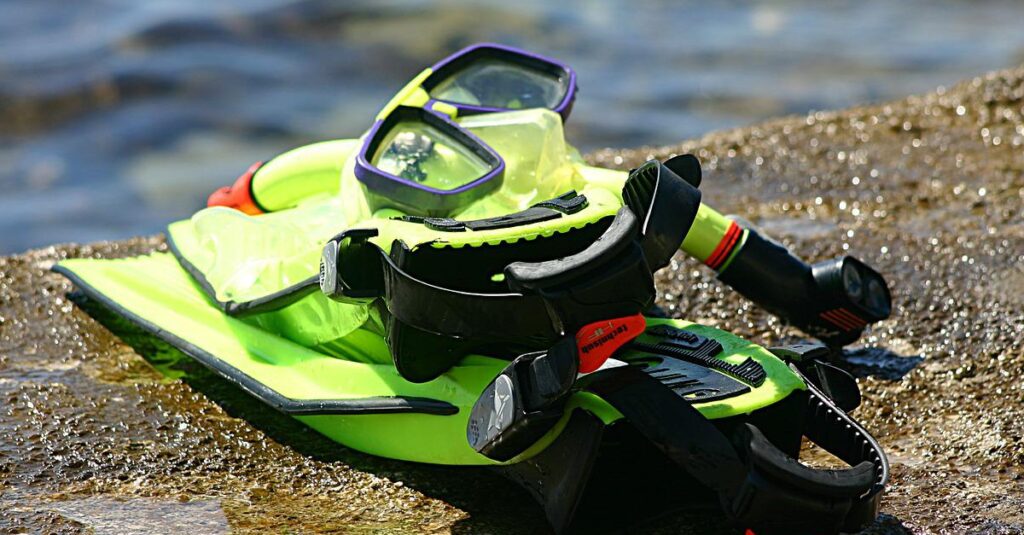

A low volume mask is the best choice for freediving, making it easier to equalize and therefore facilitating deeper, longer dives. If you already have a higher volume mask (e.g. from scuba diving), you can use this for freediving, but it could affect your comfort or performance.
Whatever mask you choose, it’s important that you feel comfortable and know how to equalize pressure in order to avoid mask squeeze.
When freedivers descend, the massive water pressure compresses all airspaces in and on their bodies, including air inside their mask. Learning to equalize pressure during a dive is a vital element of freediving training and practice. Low volume masks are best for freediving because divers need only exhale a small amount through their nose to equalize the pressure inside, saving the rest of their valuable breath for the dive.
The True Story Book of Freediving Champion Audrey Mestre and the Story of Her Death
View on Amazon: The Last Attempt (Opens new tab)


Top rated read
If you’re interested in freediving or scuba diving, you might have noticed that there are different types of masks available for underwater sports. Our article tells you more about good masks for freediving.
Can you use a low volume mask for freediving?
Low volume masks are the best choice for freediving. With a smaller internal air space and sitting closer to the face, they can be equalized by exhaling a smaller amount of breath than with a larger, high volume mask. This means that the freediver can retain more air in their lungs to support their descent, bottom time, and ascent through the water, potentially allowing longer, deeper and more comfortable dives.
The higher the air volume inside a mask at the surface, the more a diver will have to exhale to equalize pressure inside as they descend. Equalization is vital, and if neglected or carried out insufficiently, freedivers can experience mask squeeze, a condition in which the blood vessels in and around the eyes rupture under suction pressure.
While higher volume masks may feel more open and give better peripheral vision through wider angled lenses, the disadvantages around ease of equalization make them less suitable for freediving than scuba diving.
You can of course dive without a mask at all, as detailed in our freediving without a mask (opens new tab) article, although I would always advise wearing a mask, it’s safer and will lead to a better diving experience all round.
What makes a good freediving mask?
A good freediving mask should be:
- Low volume, making it easier for the diver to equalize air pressure on descent with only a small exhale through the nose, and reducing the risk of mask squeeze injuries.
- Comfortable, lightweight and non-irritating to the skin so that any distraction is minimized and the diver can focus on performance and enjoyment of the diving experience.
- Streamlined with a hydrodynamic design which minimizes drag in the water and allow the diver to glide as efficiently as possible.
- Flexible, and made from materials that conform closely to the face and can react quickly to pressure changes so that water doesn’t leak inside.
- Easy to see through, giving a clear and un-blurred field of vision without distortions or refraction, allowing better judgement of distances and any hazards in the water.
- Robustly constructed, so that the visor or frame do not crack under pressure, especially if diving deeply.
Individual divers may also have their own personal preferences around mask fit and style and may want to reflect these in their choice of mask.
For example, recreational freedivers who enjoy exploring reefs, may want a mask with the widest field of vision to give them an improved view of underwater flora and fauna. Competitive freedivers will probably seek the smallest, sleekest, lowest volume mask on the market. Freedivers in places with intense sunlight may want masks with UV filtering lenses to protect their eyes.
Mirrored lens masks are available but these are more aesthetic than functional, and have the disadvantage that diving buddies will be unable to make eye contact with one another, limiting ability to identify distress or problems underwater.
